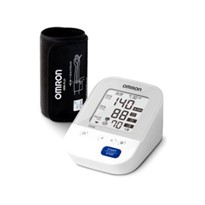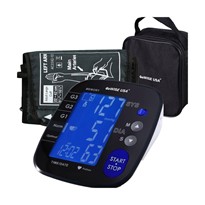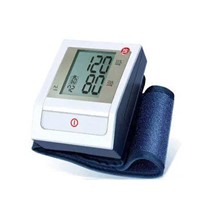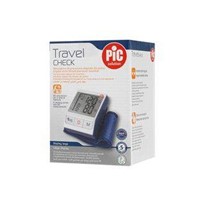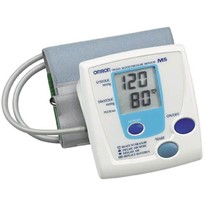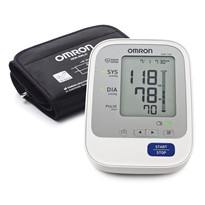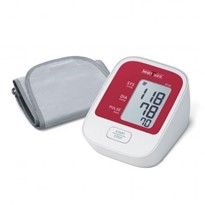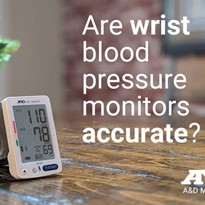ABOUT CLINICAL VALIDATION
What is Clinical Validation for a Blood Pressure Monitor?
One of the most common questions we hear is “What does clinical validation mean?”. When you see a "Clinically Validated for Accuracy" symbol on an A&D product, it means that the product has been thoroughly tested and has stood up to the medical industry's world-class protocols.
In recent years, physicians have come to see the value of monitoring blood pressure at home to compliment treatment of their hypertensive patients. One of the most important considerations when home monitoring is recommended is the patient having access to accurate devices with validations performed under strict protocols. At A&D, because we are confident in the accuracy of our devices and the ability to be able to fulfill the strict requirements of healthcare professionals, all our blood pressure monitors are rigorously tested and validated independently to meet clinical standards.
The clinical validation tests verify the accuracy of the device according to certain criteria, like whether they have high, low, or normal blood pressure, and pre-existing diseases. Essentially, this means that the blood pressure monitor has been confirmed to give accurate and reliable results.
This helps give physicians, healthcare professionals, and people taking their measurements at home confidence that they're using a reliable device - no matter if it's used in a healthcare facility or the comfort of your living room.
To ensure your device is actually clinically validated, it needs three factors:
- It used modern protocols for testing procedure. Various protocols have been published to assess automated devices against the industry’s gold standard: two well-trained nurses with a mercury sphygmomanometer and stethoscope. While there are many different protocols out there (including the International Protocol of the European Society of Hypertension and the protocol of the British Hypertension Society), the most current protocol to evaluate the accuracy of a blood pressure device against the gold standard of a trained healthcare practitioner is ISO 81060-2. This is the protocol currently endorsed by Food and Drug Administration (FDA).
- It used an independent validation of accuracy. The market today for blood pressure monitors places a strong emphasis on independently validating the device accuracy and generating a study that is peer-reviewed for neutrality of conclusions.
- It was published in a peer-reviewed journal. Following the independent validation, the full report of the validation study describing the process and results should be published in a peer-reviewed journal. This adds credibility to the validation study because the Journal would not include the report in its publication without the medical peers of the author(s) having found the techniques and quality of the outcome to be sound.


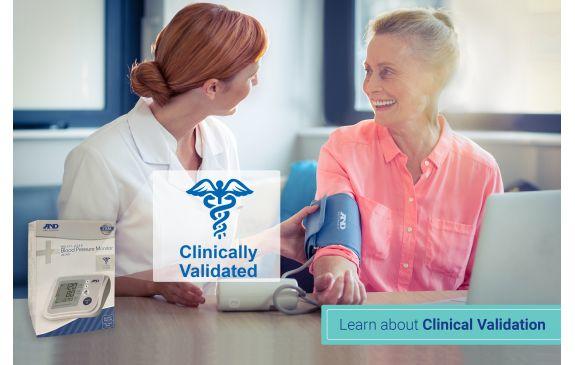













-160x160-state_article-rel-cat.png)

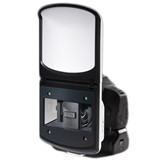

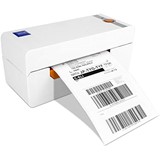


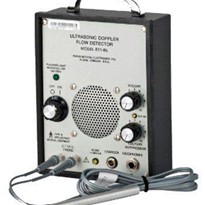
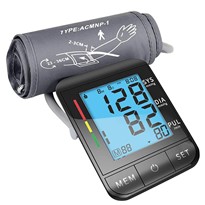
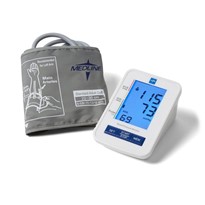
-205x205.jpg)
